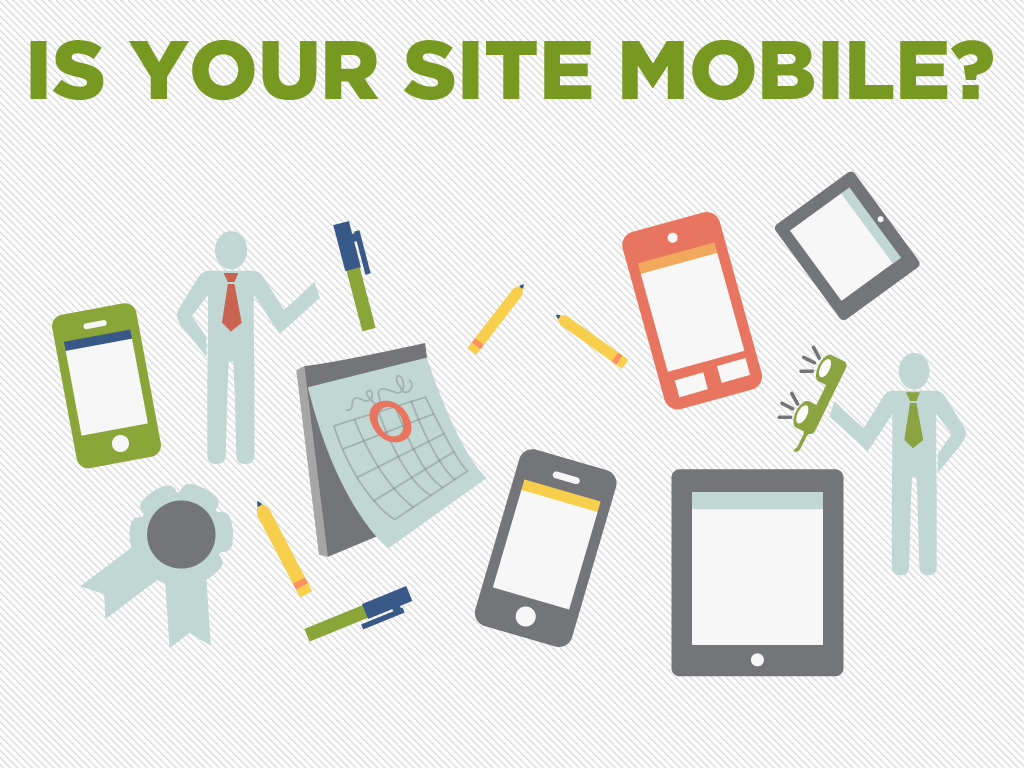
Making the Sales Click
According to columnist Wesley Young, mobile ad spending still lags mobile use for various reasons including ineffective ad options, difficulty in measuring ROI, and the simple fact that consumers had not been responding to marketing on smaller screens.
All of those things are changing and forecasts reflect that change. Digital ad spending, including mobile search, is expected to double in the next 3 years to almost $59 billion by 2018 according to eMarketer’s U.S. Ad Spending Q4 2014 Forecast.
Further, the latest data reveals consumers are responding to mobile marketing today. Surveys from Thrive Analytics’ 2015 Local Search Report show that 55% of consumers have clicked on a mobile ad on their mobile device demonstrating greater acceptance to ads on phones and tablets. Those users are ready to buy as 53% of consumers who clicked on the ad ended up making a purchase.
In just the past 12 months, where and when consumers are looking for local information has changed significantly. Compared to last year, there has been a 25% increase in consumers that look for local information while they are out, away from home or work, according to the 2015 Local Search Report.
Today, a majority of searches for local information on mobile phones (52%) occur while consumers are either in the car or away from home or work.
Consumers Check Their Phones While Shopping
Sixty percent (60%) of consumers report using their smartphone often or every time while shopping in malls, grocery or retail stores according to Thrive Analytics’ 2015 Local Search Report.
That number appears to be growing, demonstrating that not only are more consumers using phones in stores, but they are doing so more frequently. The continued growth in use causes retailers and brick and mortar stores to fear showrooming: looking at products at a store and then buying it from someone else online (usually for less).
Are your customers making the click? Is your website mobile friendly?
Google reported last year that 56% of smartphone searches when on-the-go or in-store have local intent. MediaPost reported that a mention of a location or city name in a mobile ad can improve click through rates by 200% and that Victor Wong, CEO of PaperG, experienced a 70% lift on click through rates for dynamically localized and optimized ads.
A poll by Google in partnership with Ipsos MediaCT and Purchased revealed that half of consumers who conducted local search via smartphones visited a store within a day while just 34% of computer/tablet local searches lead to store visits. So local and mobile are strong catalysts for each other.
How Mobile Friendly is Your Brand?
In addition to consumer response to mobile marketing, it’s important to also understand that people enjoy mobile friendly sites rather than mobile apps. Make sure your website is fully optimized for the best user experience. And always include all of your correct local information so that your target consumers can find you.

